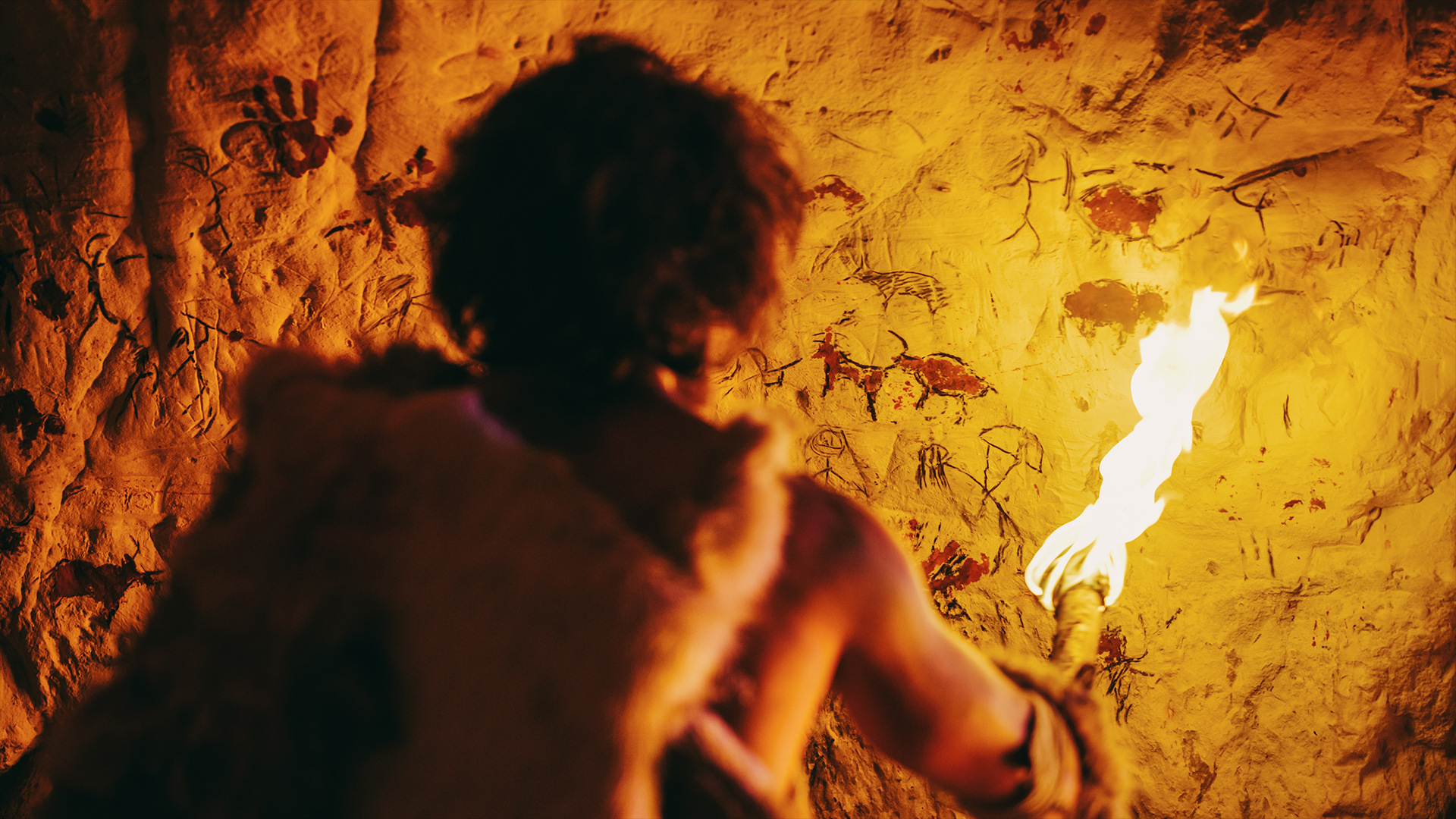Why did Europe's hunter-gatherers disappear?
There are many mysteries surrounding Europe's hunter-gatherers, but farming played a role in their demise.

Hunter-gatherers lived across Europe for thousands of years and were the dominant human presence in the region for most of this time. So what happened to them all?
Researchers don't yet know the exact set of circumstances that drove Europe's hunter-gatherers to disappear, but their decline broadly coincided with the spread of farming in the region. Neolithic farmers arrived in Europe around 8,000 years ago and ultimately replaced hunter-gatherers after a period of sharing the continent with them.
"Farmers started to push into Europe from the Near East, bringing domesticated animals and domesticated plants, and then there is a coexistence of farmers and hunter-gatherers until 5,000 years ago when the hunter-gatherers disappear," Cosimo Posth, a professor of archeo- and paleogenetics at the University of Tübingen in Germany, told Live Science.
Europe's hunter-gatherers weren't a single entity but a series of different human populations and cultures who survived by hunting animals and foraging for wild food.
Related: When did humans start wearing clothes?
Hunter-gatherers came to Europe in waves and began establishing themselves on the continent around 45,000 years ago. Posth described this initial population as a "dead branch" because it mostly disappeared, as did earlier human explorers venturing into Europe. However, after those early unsuccessful migrations, at least some of the subsequent waves of hunter-gatherers thrived on the continent.
Posth noted that modern Europeans owe around 10% to 15% of their DNA to European hunter-gatherers, most of which comes from the final wave of hunter-gatherers who spread out from Italy around 14,000 years ago. So a portion of their genetic legacy lives on even though much of their lifestyle is long gone.
Get the world’s most fascinating discoveries delivered straight to your inbox.
The hunter-gatherers mostly kept to themselves when farmers arrived around 6,000 years later, and while the farming population gradually took on hunter-gatherer genes, the hunter-gatherer population remained genetically distinct. DNA from a 7,000-year-old male hunter-gatherer in Spain revealed he had blue eyes and dark skin. This was the case for most hunter-gatherers across Europe after 14,000 years ago, while the farmers of the time had lighter skin and dark eyes, Posth said.
As farming spread across Europe, hunter-gatherers lost land. "The last hunter-gatherers moved towards the fringes of Europe, towards areas where they weren't in direct competition with farmers," Posth said.
There are still many unknowns surrounding how the two groups interacted with each other. Some hunter-gatherers ended up living in or around farming communities. For example, the roughly 5,800-year-old burial of a hunter-gatherer individual in what is now Denmark, known as Dragsholm Man, shows that he was buried with hunter-gatherer grave goods but that he had a diet matching that of early European farmers. This means he adopted the culture and diet of immigrant farmers, according to a 2024 study published in the journal Nature.
A 2024 study published in the journal PLOS One found that a farming community in Denmark violently sacrificed a male hunter-gatherer from Norway or Sweden around 5,200 years ago. Ritual sacrifice wasn't necessarily a punishment for the hunter-gatherer, and he may have been an immigrant or trader who gained equal social standing among the farmers, or he may have been a captive or enslaved person, the study authors noted.
Some hunter-gatherer communities likely suffered violent deaths at the hands of farmers and received new pathogens from their livestock. For example, hunter-gatherers in Denmark were quickly wiped out a few generations after farmers arrived around 5,900 years ago, according to the 2024 Nature study.
Anders Fischer, an independent archeologist and author of both studies, told Live Science the farmers rapidly grew in numbers as they spread and may have been "war-like" in their approach to the hunter-gatherers.
"Those late hunter-gatherers did not decide to be farmers," Fischer said. "Somebody decided on their behalf, and maybe they were wiped out of existence in the same process."

Patrick Pester is the trending news writer at Live Science. His work has appeared on other science websites, such as BBC Science Focus and Scientific American. Patrick retrained as a journalist after spending his early career working in zoos and wildlife conservation. He was awarded the Master's Excellence Scholarship to study at Cardiff University where he completed a master's degree in international journalism. He also has a second master's degree in biodiversity, evolution and conservation in action from Middlesex University London. When he isn't writing news, Patrick investigates the sale of human remains.



